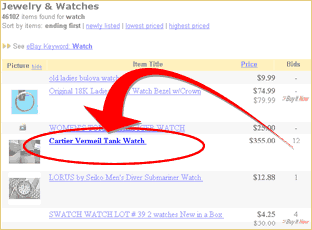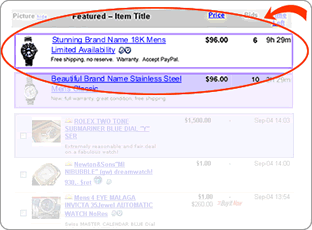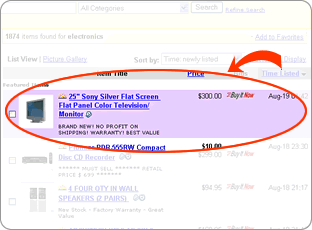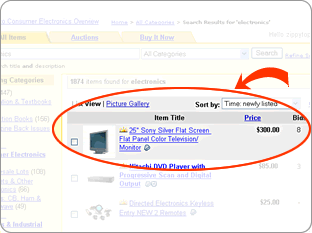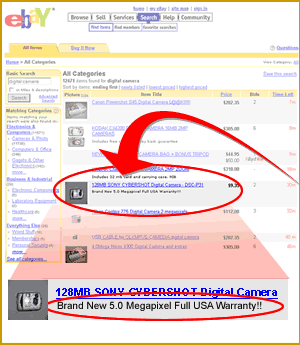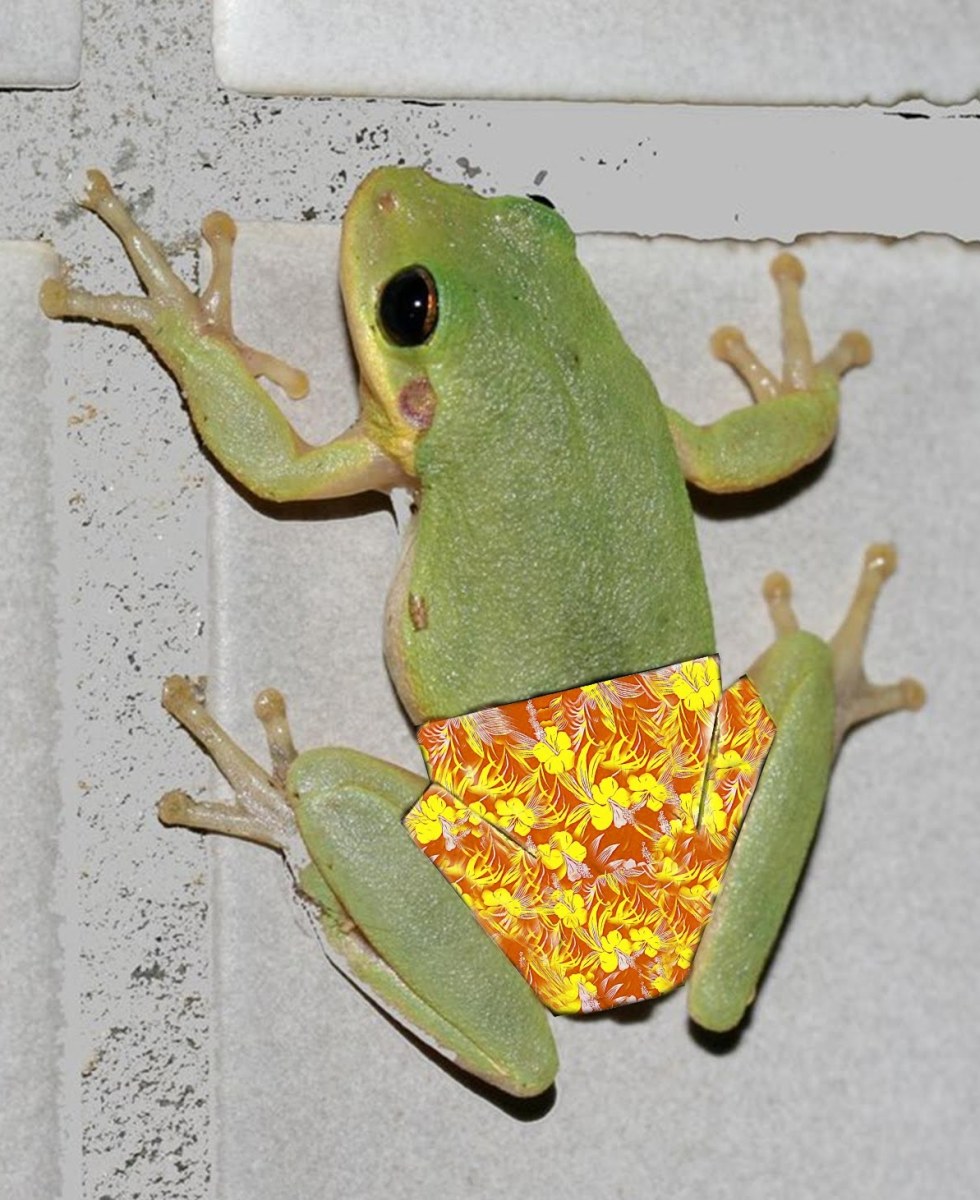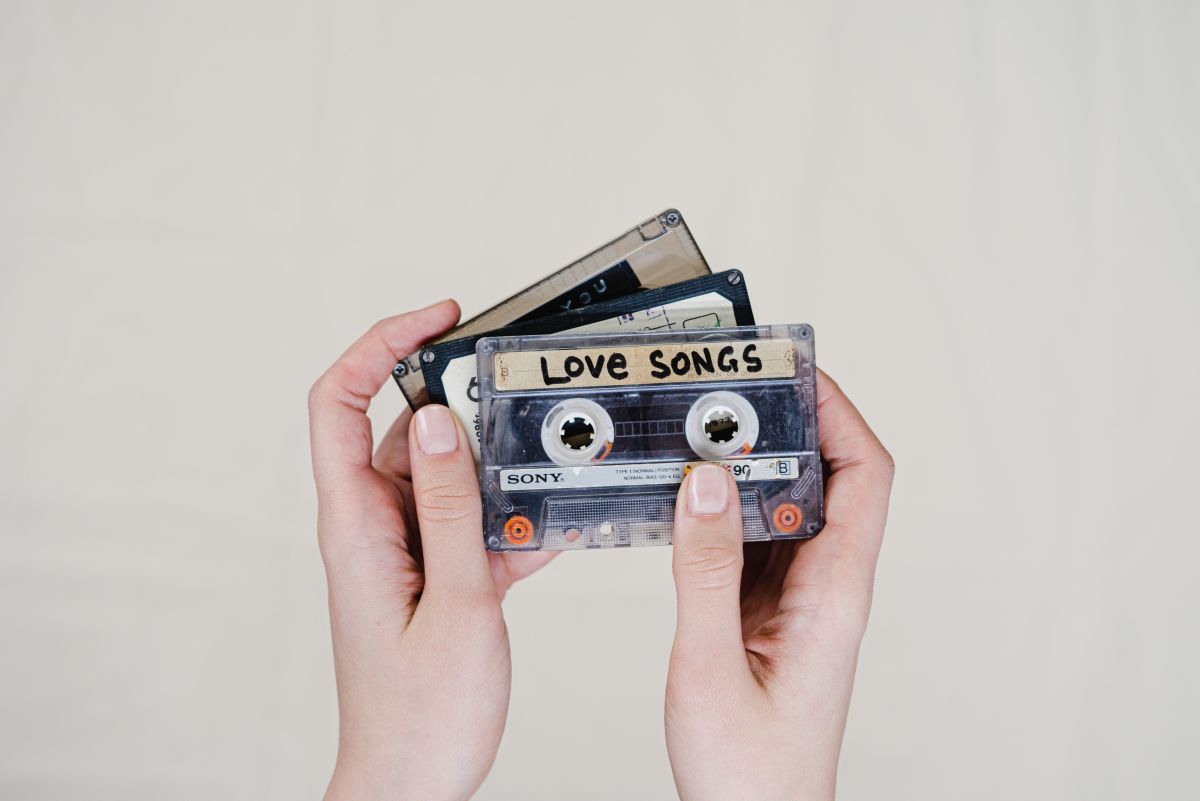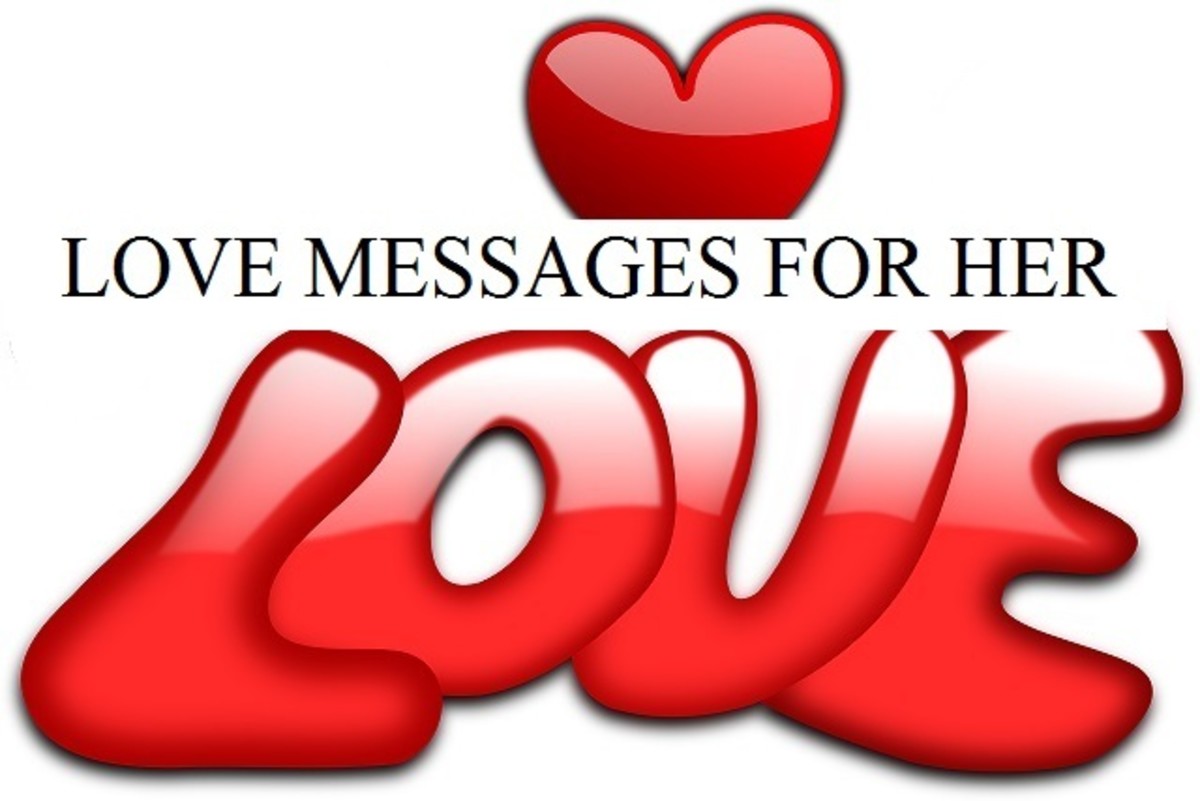Written by: Jaclyn Popola
Most places will tell you that writing a good description and having several clear photos of the item is the key to ensuring that your eBay items will sell. That is absolutely true, but tantamount to that is writing an effective title. When a potential buyer logs onto eBay and types "transformers" into the search box, over 13,000 listings are going to be returned to him. You want to ensure that YOUR listing is one that will catch his eye and cause him to click further to read the description.
In order to do that, you need to have a good title. When coming up with a title, you need to accurately describe your item in as few words as possible. A title does not need to be a complete sentence; a jumble of words will work fine, as long as they're descriptive and easy to read. Let's say you're selling an old collection of Transformers toys you have from the 1980's. In the title, you want to stress the brand, quantity (if selling more than one as a set) and condition (if applicable). So your title must encompass the fact that you are selling Transformers, that you have eight of them and that they are in mint condition still in the box. Using all caps in a title is obnoxious, but it's okay to capitalize the first few (or most important) words. Be specific, and leave out words like "Wow! What a great deal!" Buyers are not going to be searching for those terms. Make sure that you have spelled everything correctly. You'd be amazed how many sales are lost because the seller typed ‘baseaball cards' instead of ‘baseball cards'.
Example: TRANSFORMERS Lot of 8 toys -- Mint Condition STILL IN BOX!
Another option is to utilize one of the many abbreviations common in the online auctioning world. Abbreviations are universally understood among most eBayers and are effective when used in moderation. They're also a great way to save space if the title you want to use won't fit in the space allotted. Here are some of the most common eBay acronyms.
NIB: new in box
MIB: mint in box
OOP: out of print (books/magazines)
OOAK: one of a kind
LN: like new
NRFB: never removed from box
HTF: hard to find
LTD: limited edition
NR: no reserve (meaning there is no minimum bid needed to win the item)
RET: retired
SIG: includes signature
LISTING UPGRADES
Once you've written it, you can upgrade your title in several ways. For an additional fee, you can set your title letters in
boldface font ($1.00), place an eye-catching purple
border around the listing ($3.00), set a purple
highlight that will fill in the entire listing box ($5.00) and/or add a
gallery picture ($.35). I've used both the bold and highlight features on a few low-cost items and only noticed them to be a slight improvement. However, if you're selling a hard to find or high-demand item and are quite certain it'll sell for a decent price, don't hesitate to take advantage of these upgrades. But the one thing that is an absolute must is the gallery picture. I don't care if you're broke as a joke--pay the extra $.35 so that when it appears in a search, your title will have a small image of the item next to it.
You want to make sure that the picture you use as your gallery picture is a good quality close-up. The item should fill the frame frame, leaving little blank space around it. eBay will also offer you the option of Gallery Plus. All this means is that when a buyer hovers their mouse over your small gallery picture, a larger image will pop-up. At $.75, this feature is a good idea if your gallery picture shows the entire collection and you want buyers to be able to see it in greater detail.
Another option is the use of a subtitle. Since eBay only allows titles to be 55 characters in length, you can extend your description by using a subtitle for an additional $.50. Keep in mind that one of the goals of being a successful eBay seller is to make sure your profit exceeds your costs, so only indulge in the subtitle if it's absolutely necessary. For example, if you're selling your lot of 8 Transformers toys, and one of them is an ultra-rare, Generation 1 Rodimus Prime, you're going to want to advertise that right off the bat. In this case, a subtitle would be a good idea.
Once you've done it a few times you'll begin to get the hang of it. You'll start seeing patterns and trends, and you'll figure out what works and what doesn't. Using these tips for writing a good title, in combination with writing a good description (which I'll discuss in my next hub), will practically guarantee that your eBaying days are successful, profitable, and definitely worth your while.
